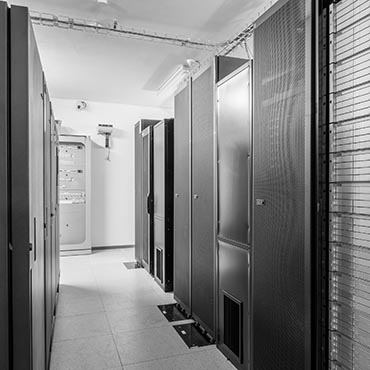House passes bill to trim energy use at federal data centers

The Energy Efficient Government Technology Act would re-baseline data center efficiency standards and require OMB to coordinate with agencies on energy saving technology.

The House of Representatives on March 14 passed a bill designed to make federal data centers use energy more efficiently. The Energy Efficient Government Technology Act, sponsored by Rep. Anna Eshoo (D-Calif.), passed by a voice vote under suspension of House rules.
The bill requires the Department of Energy to update its 2007 baseline for energy efficiency at data centers, with an eye to making new data centers operate with less expenditure of power -- and by extension less expensively.
The legislation also tasks agencies with collaborating with DOE, the Office of Management and Budget and the Environmental Protection Agency to come up with ways of measuring and verifying energy saving methods to make data centers operate with less energy. OMB would have to report on agency progress. Additionally, OMB would establish a program to certify tech workers in the evaluation and management of energy usage for the purpose of tracking data center efficiency.
Details on federal data center energy use would be released as open data as part of the bill. That data, per the bill, would be aimed at researchers looking to build on innovations in data center efficiency.
The money at stake is significant. The federal government could realize $5 billion in energy savings over seven years with more efficient use of data centers, according to a 2013 report from the Center for Climate and Energy Solutions.
"This bill is all about bringing our federal government's IT and data centers into the 21st century," Eshoo said on the House floor. "By requiring federal agencies to utilize the best technologies and energy management strategies, this legislation will reduce the federal government's energy use, save taxpayer dollars, and set the standard for the private sector."
The same bill passed the House in 2015 with a 375-vote majority. The legislation also is included as a subsection of the Energy Policy Modernization Act, currently being considered in the Senate.






